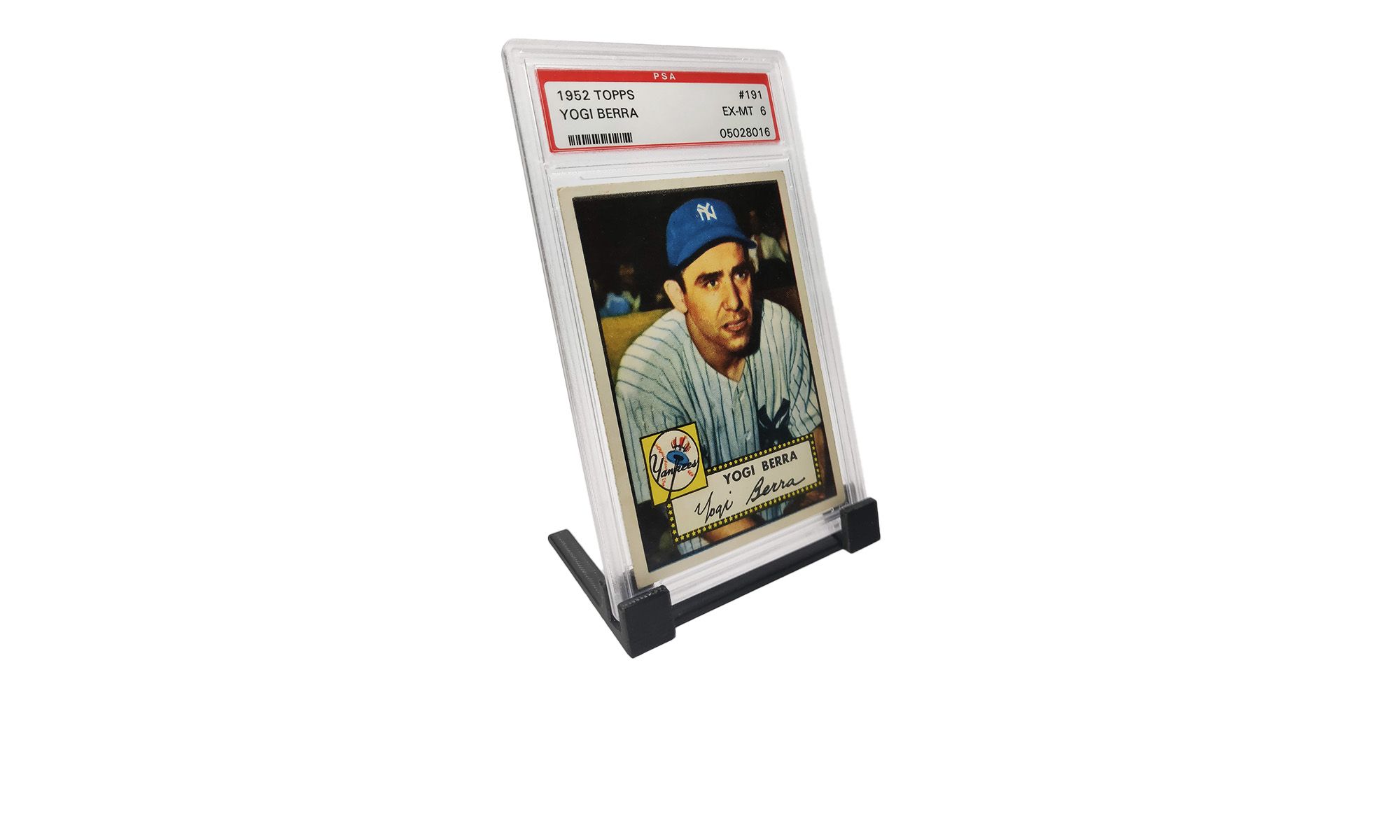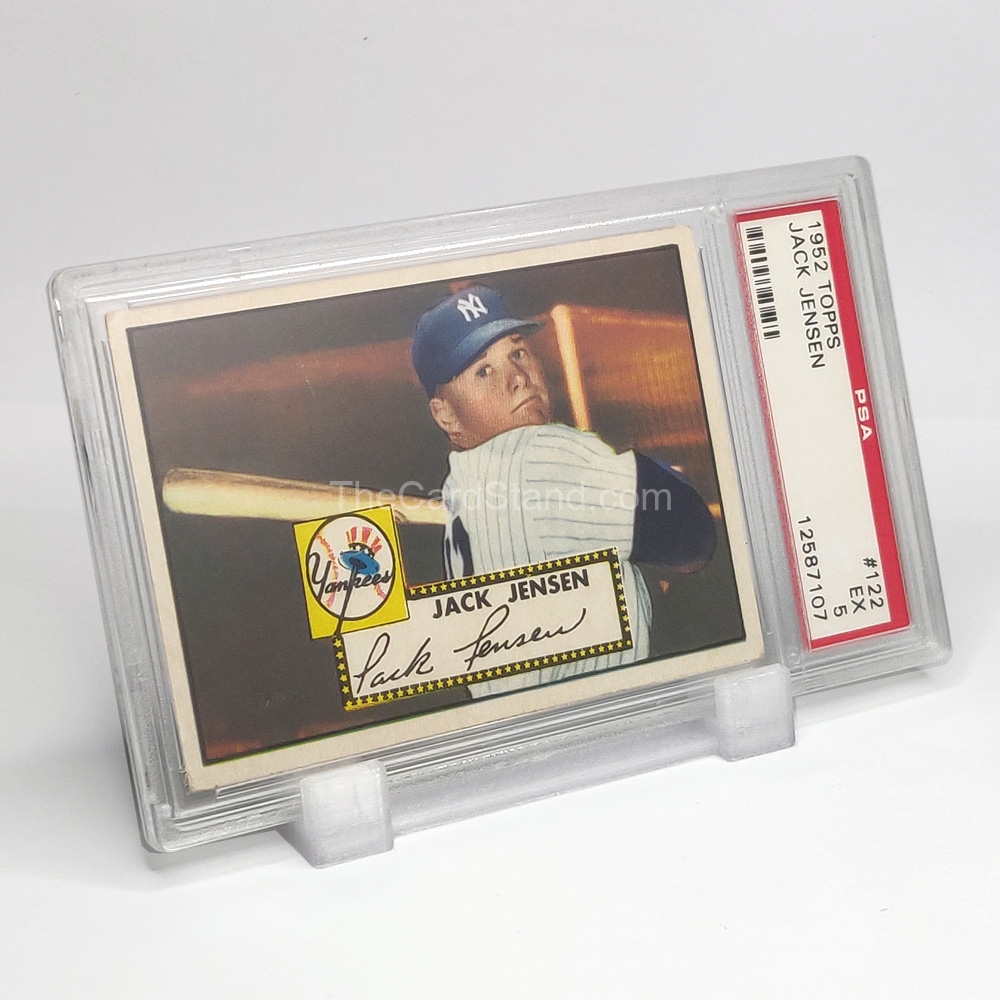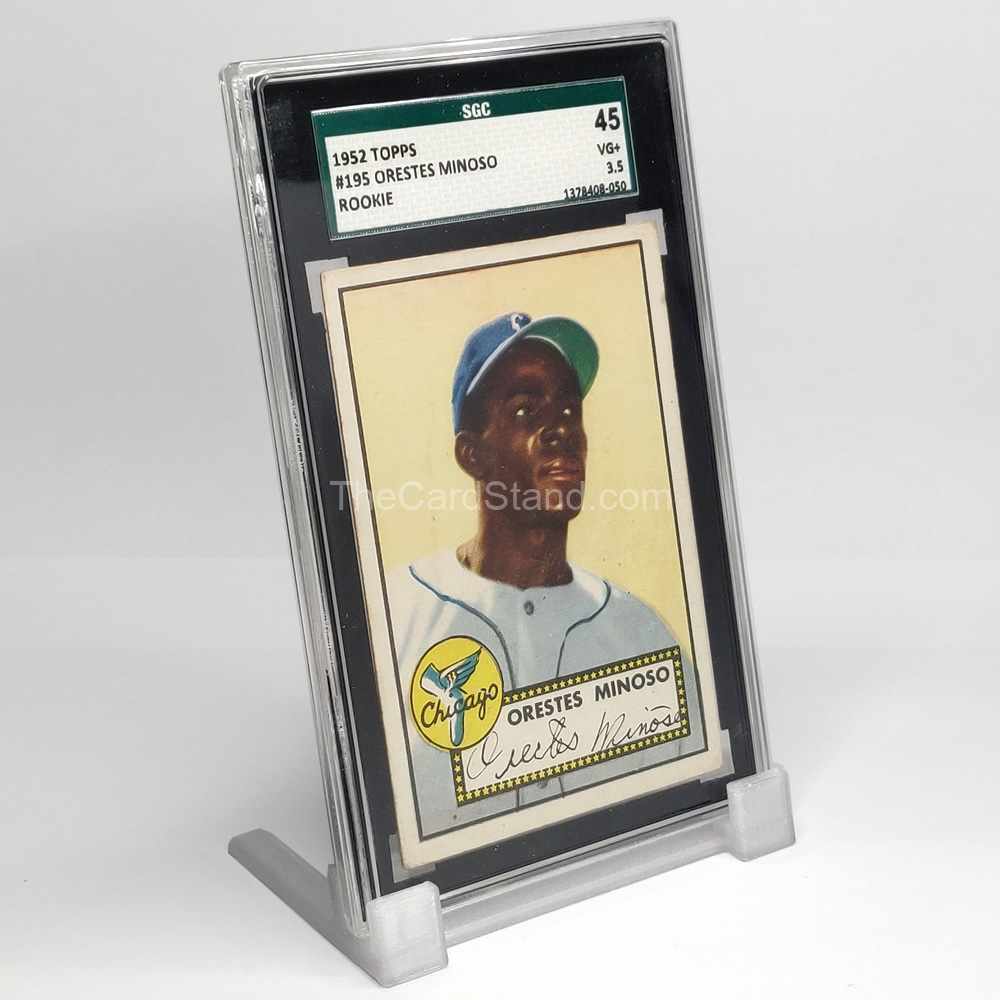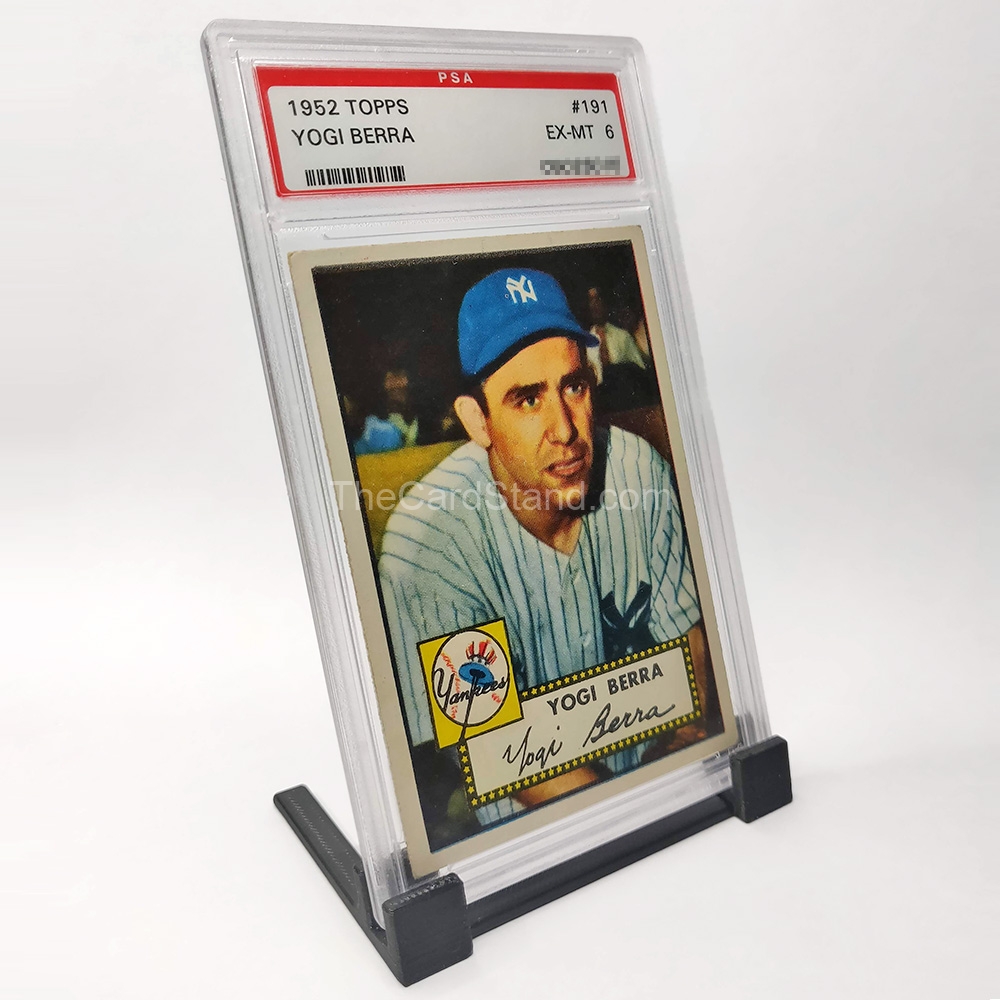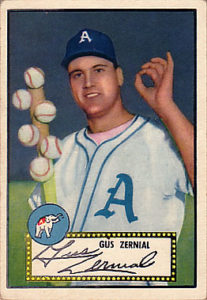In the late 1960s, Topps was already one of the leading producers of sports trading cards. In 1969, they ended their 12 year hiatus from making basketball cards by releasing a popular set that would become a collector’s favorite. The 1969 Topps Basketball card set consists of 99 cards, each featuring a full-color photograph of a prominent basketball player on a “tall” oversized card.
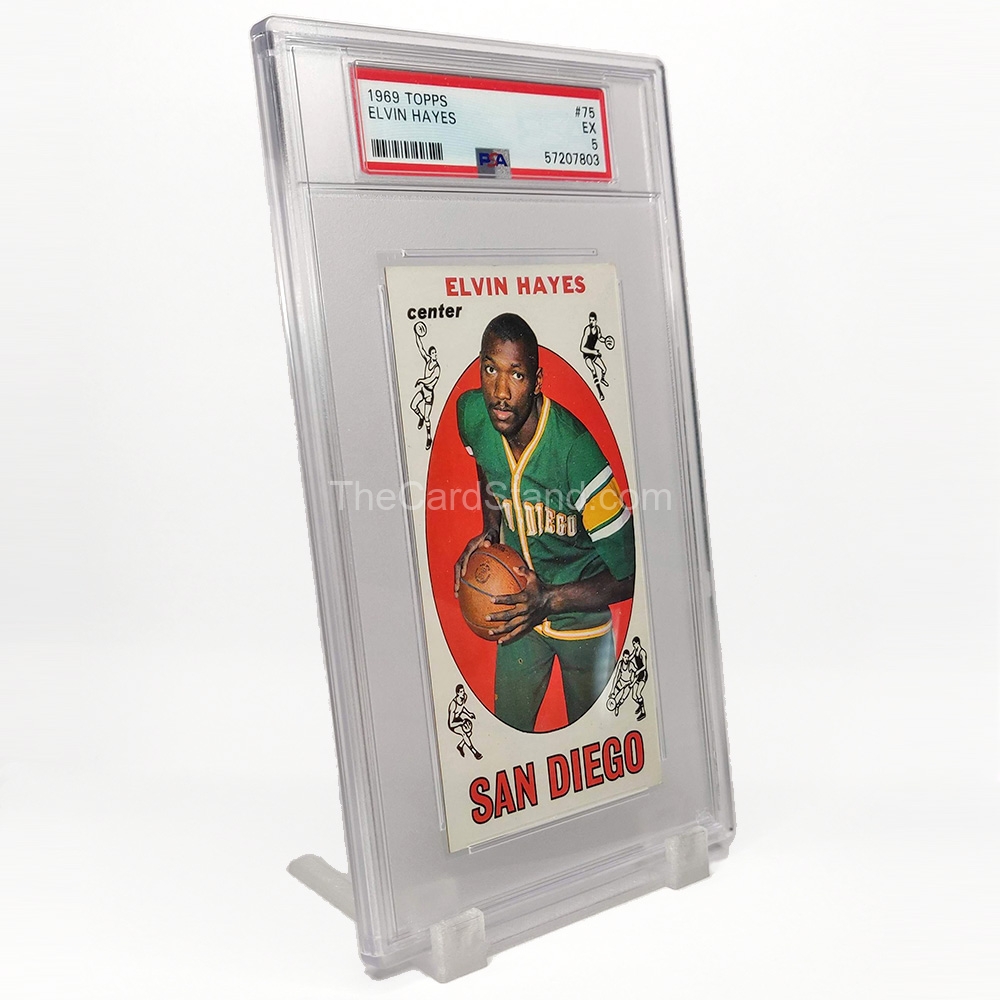
Design and Layout
The 1969 Topps Basketball cards are instantly recognizable due to their size, 2-1/2” by 4-11/16”, which is bigger than standard-sized sports trading cards. They are also known for their bright colors and simple design. The front of each card features a player’s photograph in front of a colorful oval, with his name at the top of the card and team’s city printed on the bottom. The corners of the cards feature sketches of basketball players in action. The backs of the cards contain biographical information, career statistics, and a cartoon drawing of the player showing their height.
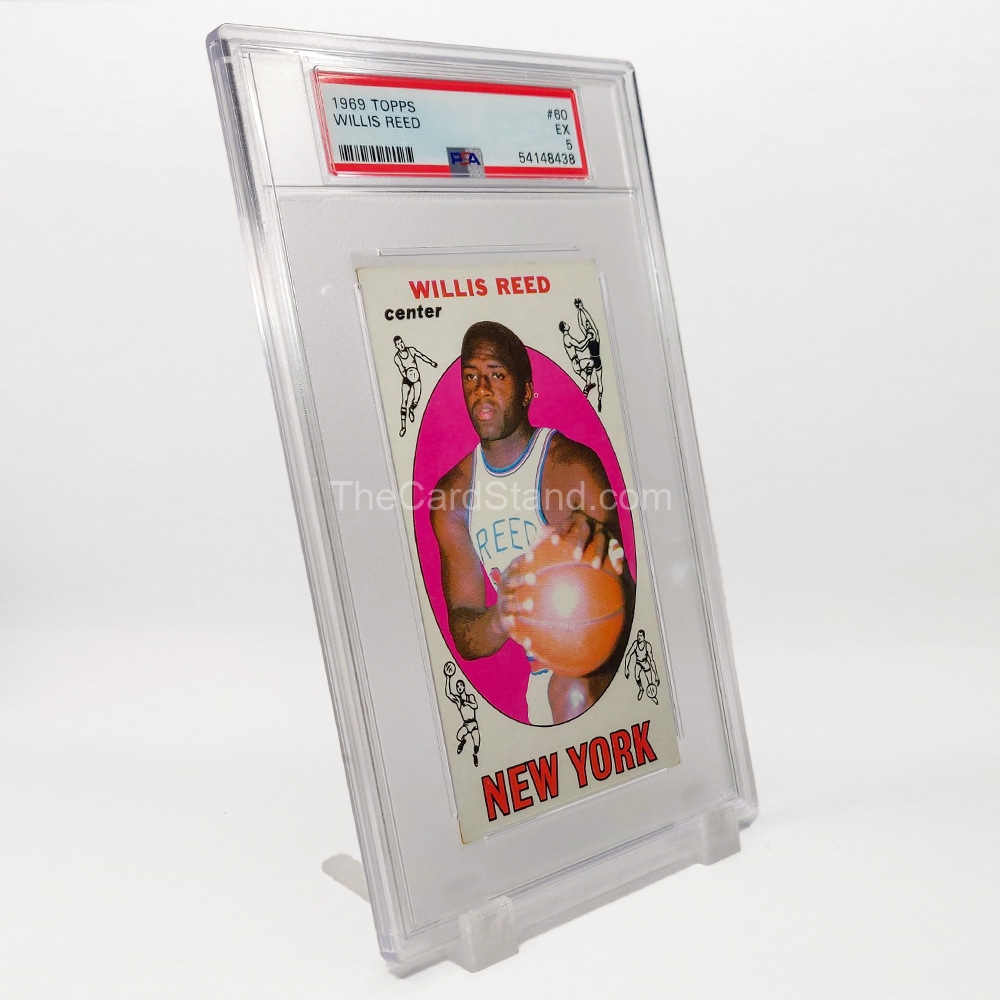
Key Players
The 1969 Topps Basketball card set features some of the most famous basketball players in NBA history. Notable cards include Wilt Chamberlain (#1), Bill Russell (#20), Jerry West (#50), Willis Reed (#60), Earl “The Pearl” Monroe (#80) and Kareem Abdul-Jabbar (then known as Lew Alcindor) (#25). 1969 is Kareem’s rookie card year and his card is the most valuable card in the set. He helped lead the Milwaukee Bucks to the playoffs, a remarkable accomplishment for an expansion team. He averaged an astounding 28.8 points per game and 14.5 rebounds per game, both league-leading figures. These statistics helped him earn the NBA Rookie of the Year award and a spot on the NBA All-Star team.
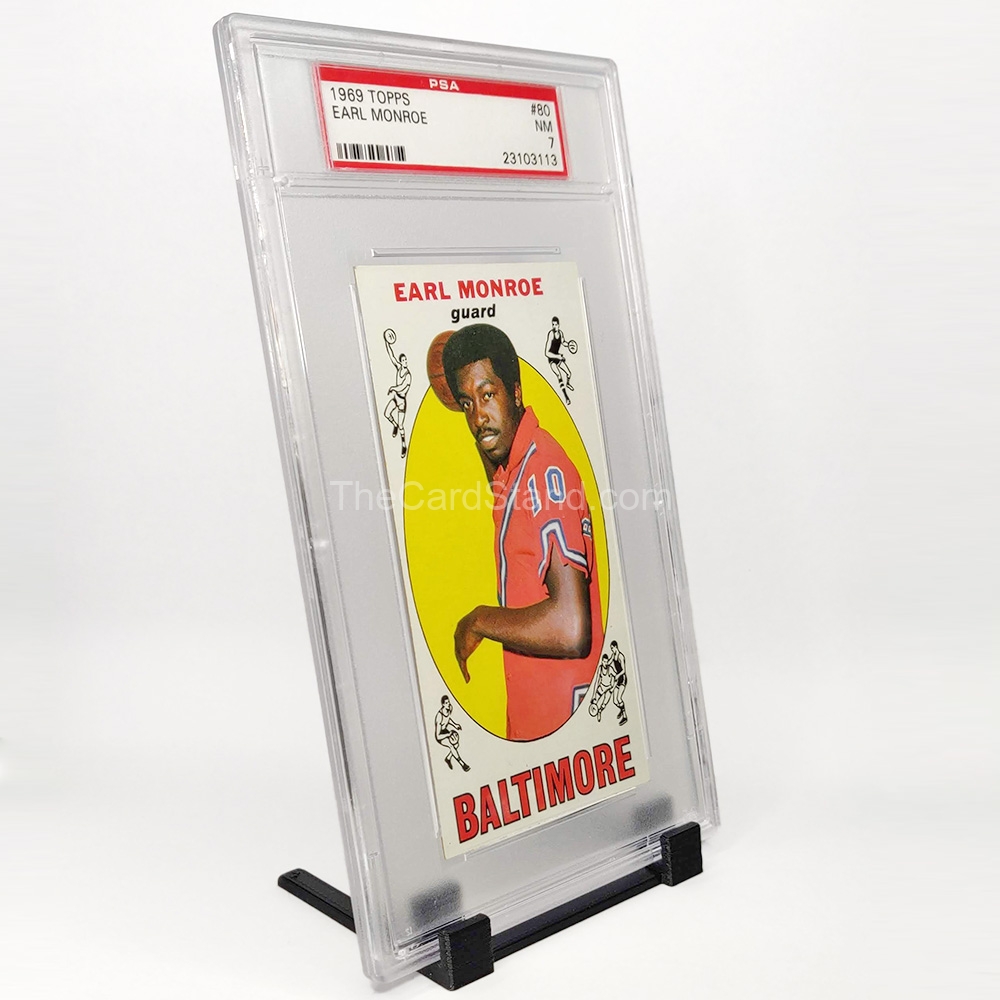
Collectibility
The 1969 Topps Basketball card set remains popular among collectors today. While the set is not as rare as some others, finding cards in top condition can be difficult. The bright colors on the front of the cards make wear and tear more noticeable, and the centering is tough with such little margins on each side of the main oval background of the card. A complete set of 1969 Topps Basketball cards in excellent condition can be worth many thousands of dollars.
Hall of Famers
The 1969 Topps Basketball card set features 29 hall of famers, with 19 of those being rookie cards, as follows:
| Player | Team in 1969 | Position | Hall of Fame | Card Number |
|---|---|---|---|---|
| Wilt Chamberlain | Los Angeles Lakers | Center | 1979 | 1 |
| Gail Goodrich (R) | Los Angeles Lakers | Guard | 1996 | 2 |
| Bailey Howell | Boston Celtics | Forward | 1997 | 5 |
| Nate Thurmond (R) | San Francisco Warriors | Center | 1985 | 10 |
| Gus Johnson (R) | Baltimore Bullets | Forward | 2010 | 12 |
| Connie Hawkins (R) | Phoenix Suns | Forward | 1992 | 15 |
| John Havlicek (R) | Boston Celtics | Forward | 1984 | 20 |
| Al Attles | San Francisco Warriors | Guard | 2019 | 24 |
| Lew Alcindor (R) | Milwaukee Bucks | Center | 1995 | 25 |
| Elgin Baylor | Los Angeles Lakers | Forward | 1977 | 35 |
| Guy Rodgers | Milwaukee Bucks | Guard | 2014 | 38 |
| Billy Cunningham (R) | Philadelphia 76ers | Forward | 1986 | 40 |
| Bill Bradley (R) | New York Knicks | Forward | 1983 | 43 |
| Len Wilkens | Seattle SuperSonics | Guard | 1989 | 44 |
| Jerry Lucas (R) | San Francisco Warriors | Forward | 1980 | 45 |
| Oscar Robertson | Milwaukee Bucks | Guard | 1980 | 50 |
| Dave Bing (R) | Detroit Pistons | Guard | 1990 | 55 |
| Wes Unseld (R) | Baltimore Bullets | Center | 1988 | 56 |
| Willis Reed (R) | New York Knicks | Center | 1982 | 60 |
| Lou Hudson (R) | Atlanta Hawks | Guard | 2021 | 65 |
| Tom Sanders (R) | Boston Celtics | Forward | 2011 | 72 |
| Elvin Hayes (R) | San Diego Rockets | Forward | 1990 | 75 |
| Earl Monroe (R) | Baltimore Bullets | Guard | 1990 | 80 |
| Don Nelson (R) | Boston Celtics | Forward | 2012 | 82 |
| Hal Greer | Philadelphia 76ers | Guard | 1982 | 84 |
| Dave DeBusschere (R) | New York Knicks | Forward | 1983 | 85 |
| Jerry West | Los Angeles Lakers | Guard | 1980 | 90 |
| Walt Bellamy | Atlanta Hawks | Center | 1993 | 95 |
| Walt Frazier (R) | New York Knicks | Guard | 1987 | 98 |
